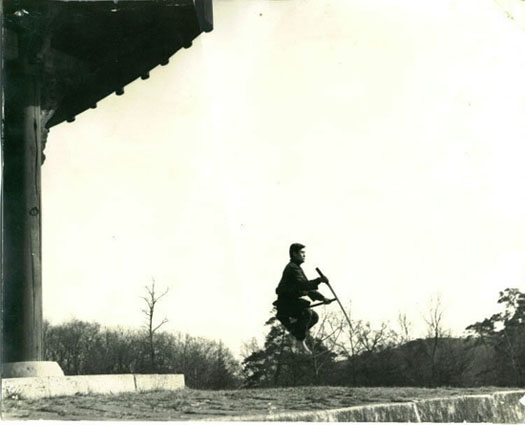Becoming an effective instructor is no simple matter. As mentioned earlier, becoming a good martial artist is not that difficult with some hard work and dedication, however, guiding another human being through the steps needed to develop skills and maturity is a whole other arena entirely. Not only must one be able to teach the material in a highly effective manner, but you must also be able to motivate and inspire those who follow you to keep up with their training and meet expectations.
Remember, some people spend countless years developing their teaching skills in university settings in order to then be able to help others for a career. Our goal is it give you those skills, tools, and more as you move through our program and beyond so that your skill of creating meaningful impact in your students is significant. You can expect to learn about the following in our program:

- Teaching the Material – Before any teaching transpires, you must know your subject! Obviously we are teaching martial arts, so your knowledge of the various skills will come first in your own practice, but there are also very specific ways of breaking the moves down into step-by-step progressions that make it easy to understand by someone learning for the first time or are acquiring advanced insights. We will help you learn these progressions and the necessary drills for increasing skill levels in your students from the beginner levels to the advanced.
- Class Management – The environment of learning is also a critical aspect of teaching. It is the teacher’s responsibility to ensure that their students are learning, so the lesson plans, structure, productivity, and development of topics and themes in a technical manner are all important to be good at. Along with the technical aspects, it is essential that a teacher’s connection with the students is maintained throughout the class. This means dealing with needs of the extremely motivated students as well as those who have various challenges will be your responsibility, and we will help you develop the skills to handle both the positive development as well as disciplinary measures that may be needed from time to time. However, keeping things dynamic and productive with good lessons and nice enthusiasm will lead the classes to great results.
- Curriculum – As mentioned in the martial art section of the program, Hwa Rang Do has a set curriculum. This is great for developing students in an effective manner, and along with the curriculum that is studied, we also have effective curriculum management in the lesson plans of the day, week, month, so you can make sure that your students are progressing nicely over time.
- Insight – Besides the subject material of the curriculum and lesson plans that are presented, it is also essential that the teacher offer important insight and inspiration to help motivate. This is by far the most important and most difficult aspect to develop as a teacher. This aspect is really what distinguishes an individual from having book smarts to street smarts, from knowledge to wisdom. The study of past cultures and civilizations is an important starting place for learning, and then we will move to the current state of the world, and then to various philosophical possibilities as well. This area of study will be sure to need growth as you continue through the program, and into your teaching years as a Black Sash and beyond!
As a teacher we should all hold strong to the more “eastern” outlook on teaching. Grandmaster Taejoon Lee has emphasized this in the Hwa Rang Do World when he says, “Parenting is teaching, and teaching is parenting!” For us as martial art instructors, it is not enough to show material to students in classes – it is our responsibility to make sure that our students are fully capable at what they are supposed to do. Failure in our students is not an option, as if this be the case it is truly us the instructors who have failed!
